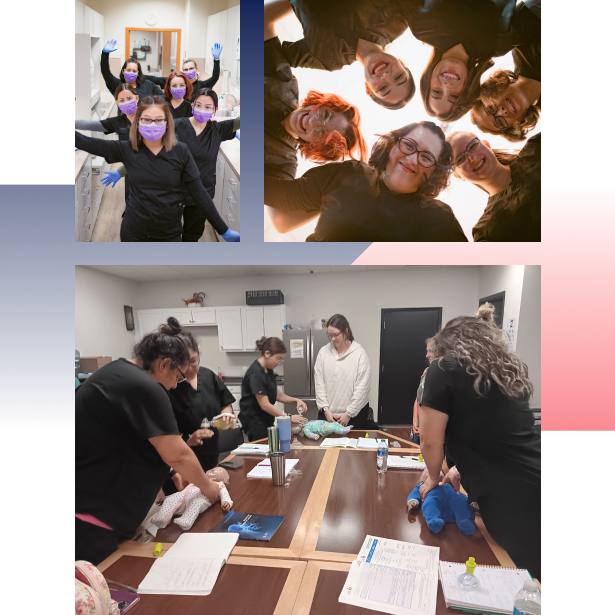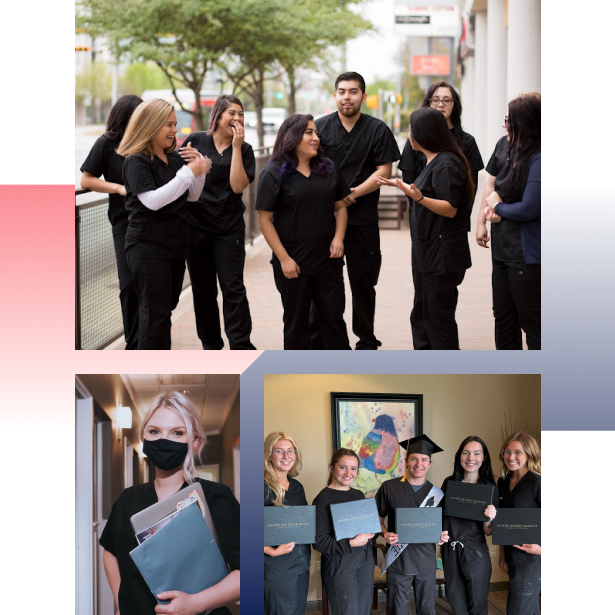A Career Path that Fits Your Life
Online-first with the confidence that comes with hands-on training
Pulse is a 16-week medical assistant program built around your busy life. It combines online instruction, self-study, in-person lab days, and a real-world externship to get you career-ready. You’ll engage with expert instructors for online learning and hands-on training so you can be confident from Day 1 of your new career.
- Weekly online sessions led by expert instructors
- Monthly in-person labs for hands-on training
- Online self-study
- 80 hrs of externship at a live medical office




